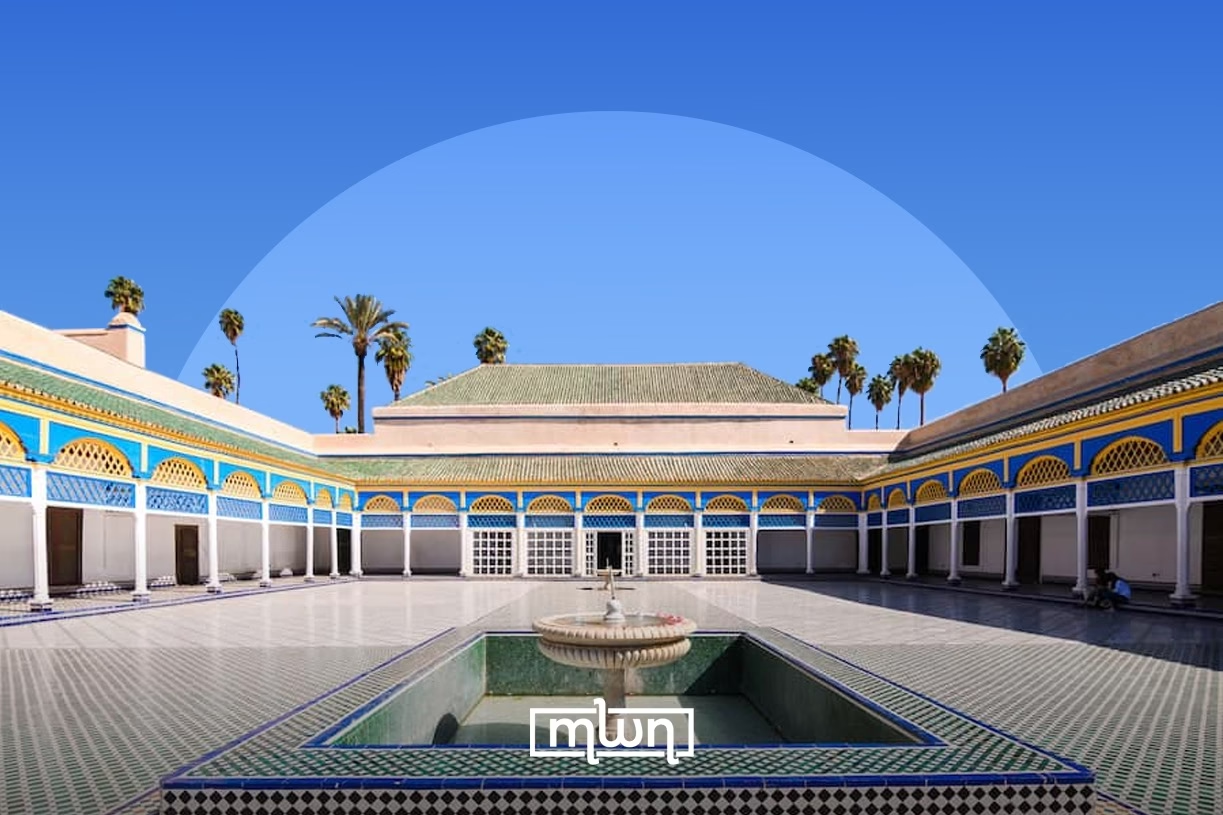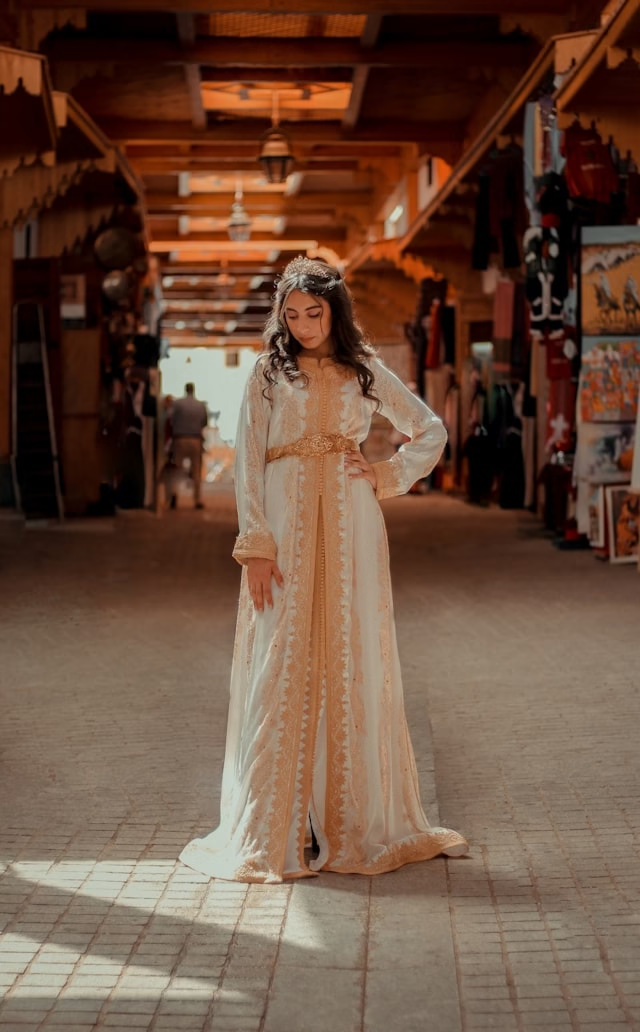Built for love and ruled by power, Bahia Palace is one of Morocco’s most enduring architectural treasures.
Fez– In the heart of Marrakech, where the past still breathes through quiet courtyards, stands one of Morocco’s most iconic historical landmarks: Bahia Palace.
Built in the late 19th century, this architectural gem is not just a site for tourists, it’s a preserved testimony to the grandeur of Moroccan craftsmanship, especially the art of wood carving.
The story of Bahia Palace begins with a powerful man and a great love. It was commissioned by Ahmed Ben Moussa, known as “Ba Hmad”, the influential Grand Vizier during the reign of Sultan Moulay Abdelaziz.
Determined to create something exceptional, he gathered the finest artisans and craftsmen from across Morocco and had them work on the palace for six continuous years.
But this was more than just a display of power, it was a deeply personal project.
The palace was named after his beloved wife, “Lalla Bahia ar-Rahmaniya”, a woman he adored.
The name “Bahia” itself, meaning “the brilliant,” reflects the admiration and affection that shaped the vision for this space. Emotion and artistry fused together to create a residence that was as poetic as it was powerful.
But Bahia Palace didn’t end with Ba Hmad’s death. In 1906, it became the residence of Madani El Glaoui, the brother of Marrakech’s Pasha, Thami El Glaoui.
He added a second story to the palace, turning it into his private seat of power. Later, the French colonial authorities took over, with Resident-General Lyautey turning it into a colonial residence, modernizing it with heating systems, telephones, and electricity.
In 1922, Bahia Palace was officially classified as a historic monument. Though it originally spanned over 22,000 square meters, part of the gardens were eventually separated and repurposed, and its main entrance was relocated from Riad Zitoun El Jedid to a new gate near the Mellah district.
The man behind the design was Mohamed Ben Makki El-Mesfioui, an architect trained in the art of woodwork in Meknes.
His work is still visible today, in the carved cedar ceilings, floral stucco, colorful mosaics, and elaborately painted wooden doors.
Walking through the palace is like entering a painting, each dome, courtyard, and arch is more detailed than the last.
The iron gate of the palace may sit modestly beside noisy souks and traffic, but once inside, the atmosphere shifts.
A path lined with greenery welcomes visitors into a world of calm geometry and poetic silence. Inside, rooms open into courtyards, and courtyards lead to gardens with fountains surrounded by citrus trees and zellij-covered walls. Every space is designed to flow seamlessly into the next.
Bahia Palace is a love letter written in stone and wood, inlaid with Morocco’s finest artistic traditions.
And though centuries have passed, it continues to invite visitors, Moroccan and foreign alike, into its timeless embrace.
Read also: A Night at Myriem Himmich Gallery You Won’t Forget
















